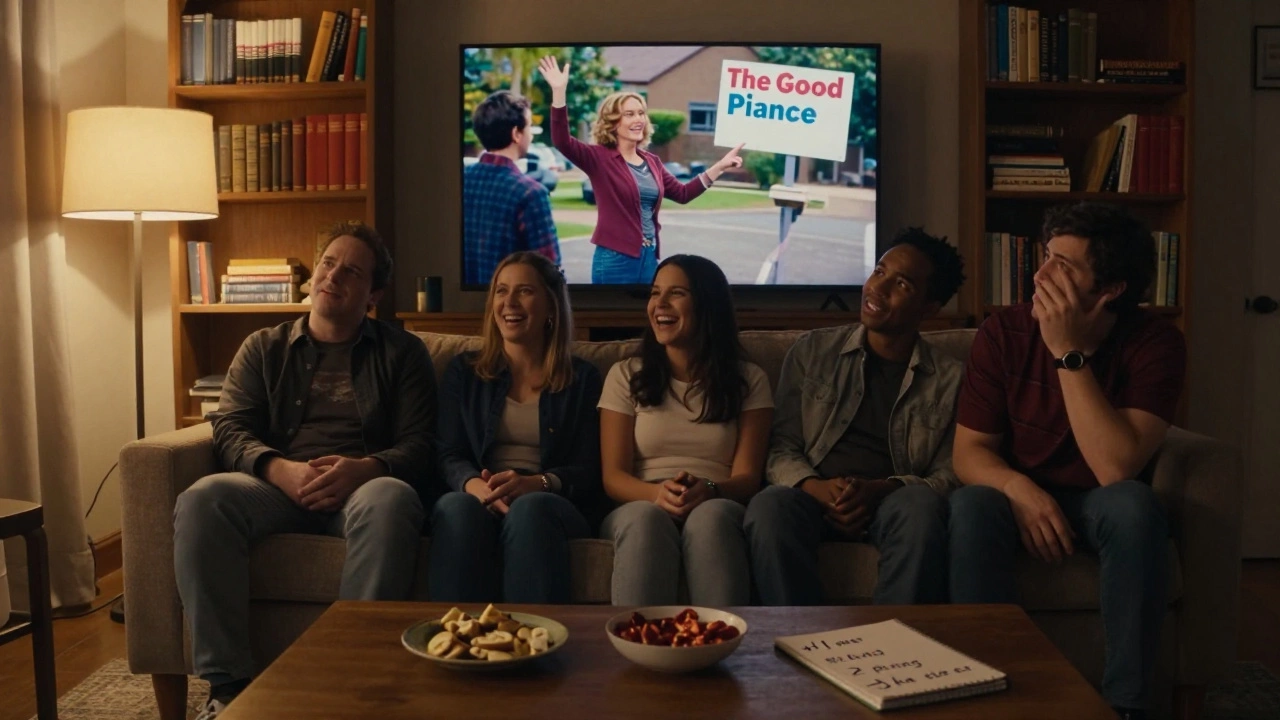Success Rate Explained: Simple Ways to Track and Improve It
Ever wonder why some games feel easy and others feel impossible? The secret often lies in the success rate – the percentage of attempts that end the way you want. Whether you’re bowling a strike, solving an escape room puzzle, or just trying to finish a workout, knowing your success rate helps you see what’s working and what needs tweaking.
First thing’s first: how do you calculate it? Grab a notebook or open a notes app. Write down the total number of attempts you make and the number of successful outcomes. Then divide successes by attempts and multiply by 100. If you bowl 20 frames and hit a strike 5 times, that’s 5 ÷ 20 × 100 = 25% success rate. Simple math, big insight.
Why Success Rate Matters in Bowling
At Castle Park Bowling Paradise, we love seeing players track their own numbers. A higher success rate usually means better consistency, which translates into higher scores and more fun. It also shows where you’re improving – maybe your left‑handed spin is finally clicking, or your timing on the release is getting smoother.
But success rate isn’t just about bragging rights. It tells you where to focus practice. If your spare conversion rate is low, you know to spend extra time on those tricky pins. If your strike rate is steady but low, you might work on your approach speed or ball selection. The numbers guide your practice sessions so you don’t waste time on random drills.
Boosting Your Success Rate Across Activities
Success rate works the same way for other hobbies too. Want to beat an escape room? Track how many puzzles you solve on the first try versus total puzzles. Want to improve at VR games? Record win‑loss ratios. In every case, a clear picture lets you spot patterns.
Here are three quick ways to raise that percentage:
1. Break it down. Instead of looking at overall success, split it into smaller parts. In bowling, separate strike rate, spare rate, and open‑frame rate. Tackle the lowest number first.
2. Small, consistent practice. Ten minutes a day on a specific skill beats a long session once a month. Short, focused drills keep muscle memory fresh.
3. Review and adjust. After each session, glance at your numbers. Did a new technique improve your rate? If not, try a different grip or stance. The feedback loop is what drives progress.
Finally, keep your tracking realistic. Don’t get discouraged by a dip; success rates can swing daily. The goal is long‑term upward trend, not perfection after every roll. Celebrate small wins – a five‑percent bump is still a win.
Next time you step up to the lane at Castle Park Bowling Paradise, bring a quick notebook. Write down your frames, count the strikes, and watch your success rate climb. The same habit works for any game or goal you set. Measure, tweak, repeat – and you’ll see steady improvement without overthinking.
Escape Room Success Rate: What Are Your Real Chances?
Ever wondered how often people actually beat escape rooms? This article breaks down escape room success rates, why some rooms are tougher than others, tricks to boost your odds, and common reasons teams fail. Get ready for practical tips and eye-opening facts to help you outsmart the next puzzle you face. Whether you’re a first-timer or a serial escaper, find out what really affects your team’s chance of victory. Escape rooms aren’t just luck—learn how to stack the odds in your favor.
Do Most People Succeed or Fail in Escape Rooms?
Escape rooms are immersive experiences that challenge participants to solve puzzles and riddles to escape within a set time. While many people tackle these adventures, not everyone succeeds, and the success rates vary by room difficulty and participant skill. This article delves into factors contributing to success or failure in escape rooms and offers strategies to enhance your chances of breaking free. Explore the trends, tips, and tricks to potentially outsmart these creative puzzles.







